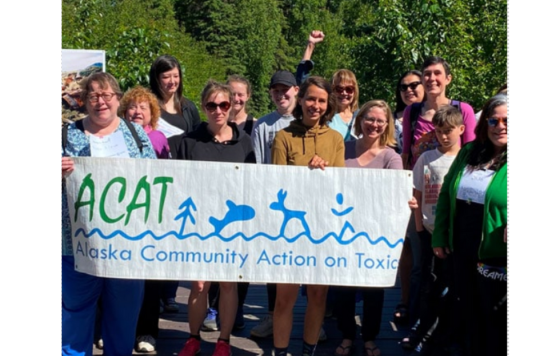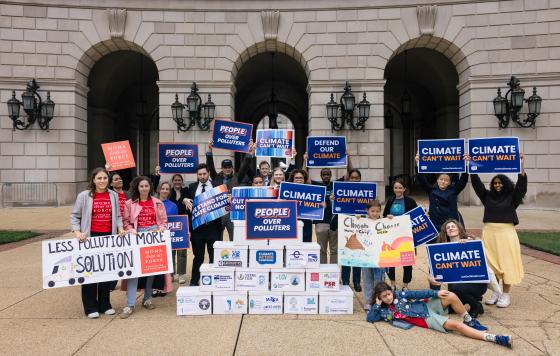
The oil and gas industry inside game is alive and well in 2016.
The Science Advisory Board (SAB) Panel is out again with another draft of its report on EPA’s fracking and drinking water Assessment. The Panel is tasked with reviewing and offering recommendations on how EPA should improve its Assessment of threats to water resources from fracking activities.
The Panel retained most of its strongly worded critique of the Assessment. Critiques like these are largely in line with what communities on the front-lines of oil and gas development and environmental groups have been saying for months:
The SAB is concerned that these major findings as presented within the Executive Summary are ambiguous and appear inconsistent with the observations, data, and levels of uncertainty presented and discussed in the body of the draft Assessment Report.
These local-level hydraulic fracturing impacts, when they occur, can be severe, and the draft Assessment Report needs to recognize better the importance of local impacts.
…the agency should include and critically analyze the status, data on potential releases, and any available findings from the EPA and state investigations conducted in Dimock, Pennsylvania; Pavillion, Wyoming; and Parker County, Texas…
The SAB finds that there are important gaps in the data available to assess water use that limit understanding of hydraulic fracturing potential impacts on water acquisition.
…majority of Panelists, this lack of prospective case studies is a major limitation of the draft Assessment Report. The SAB agrees that prospective studies would allow the EPA to monitor the potential impacts of HF activities on the HFWC to a level of detail not routinely practiced by industry or required by most state regulation.
Most groups and communities were surprised the seemingly political line like fracking’s impacts not being “widespread, systemic” made it into the Assessment in the first place. One Panelist aptly described it as, “Put another way, there are about 700 pages (24,000 lines) presenting the potential impacts of hydraulic fracturing on water resources and human health but only 2 lines concluding that it is not a universal problem. Talk about a surprise ending!
[See more initial comments from Scientists]
There are minor edits and a softening of tone in the latest draft but the Panel largely stuck to their guns. However, after a few direct criticisms of the Assessment (whether that be the glaring omission of prospective case studies, lack of data, rampant uncertainties, or vague and politicized assertions in the major findings), Mr. Walter R. Hufford, Director of Government and Regulatory Affairs, Talisman Energy USA, chimed in and saying, in his opinion, everything is fine the way it is.
As a result, after certain statements revisions to the draft now include, “A Panel member” or “one Panel member” thinks this sentence is “acceptable as written.” This could be seen as an industry tactic intended to show division or uncertainty within the Panel in regards to the documented vulnerabilities and inherent uncertainty involved with assessing frackings’ impact on water resources.
In reality, Mr. Hufford’s opinion appeared to be in stark contrast to the majority of the 30 person Panel who either verbally pushed back or tacitly disagreed by not endorsing his motivated position on the Assessment. Even more telling, the final critiques published in the latest draft were still too harsh for Mr. Hufford and he lobbied for a dissenting opinion section to be included in Appendix B1 of the next draft in March.
Frankly, it is still speculation on my part (but derived from listening in on many, many hours of public teleconferences where the Panel went over the draft line by line) that the dissenting opinion will be solely authored by Mr. Hufford. It very well likely could be published merely as “Panel members,” but now we know the driving source.
The next opportunity for public comment and oversight of the Panel discussion is March 7.
To be continued….


